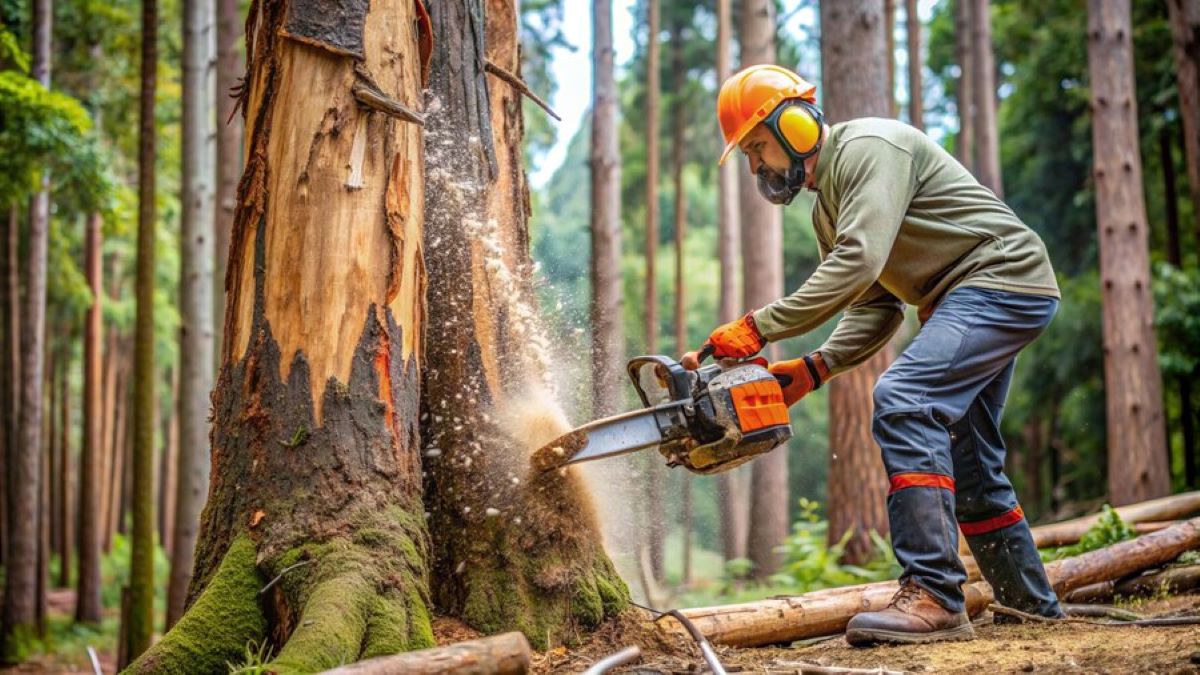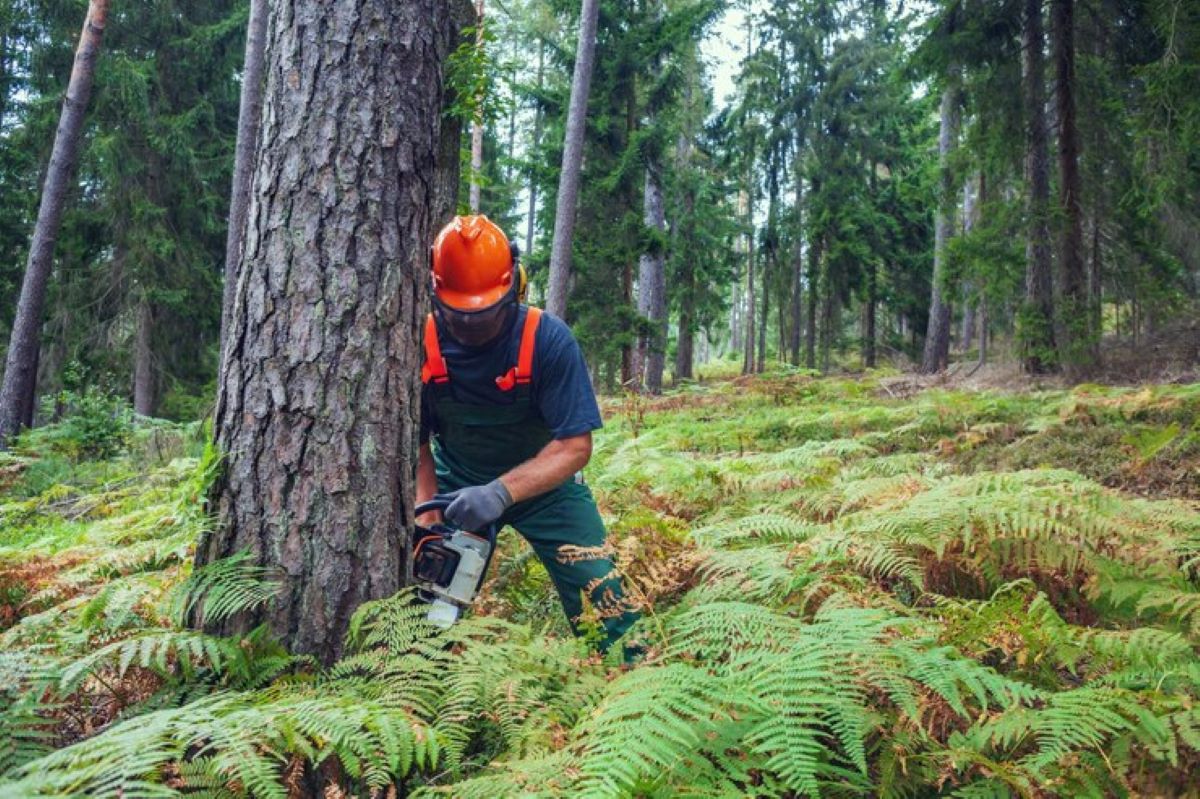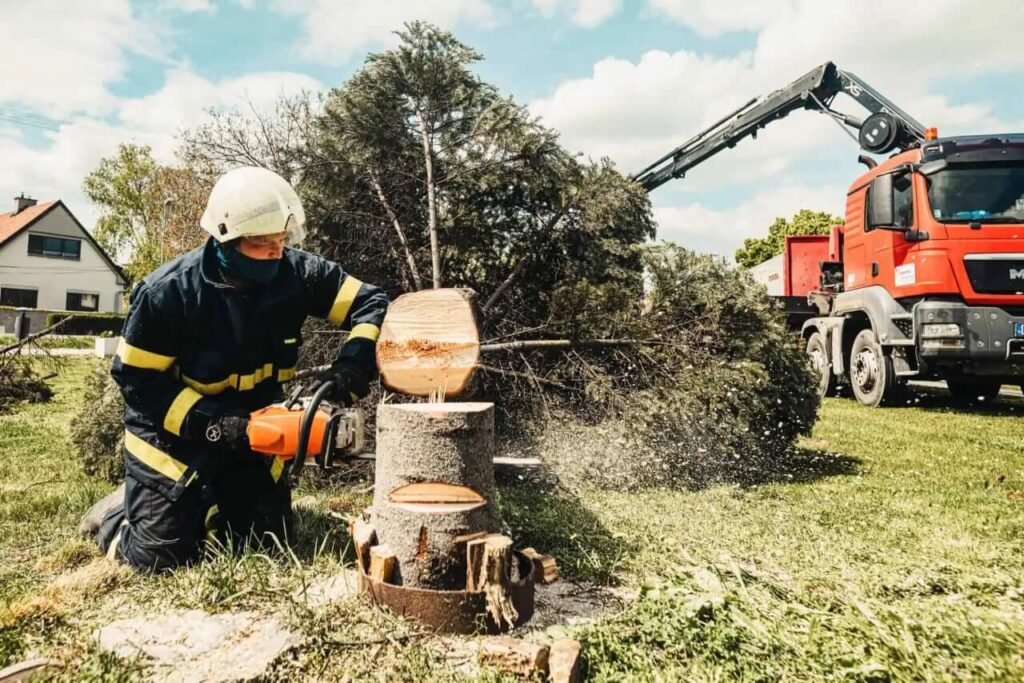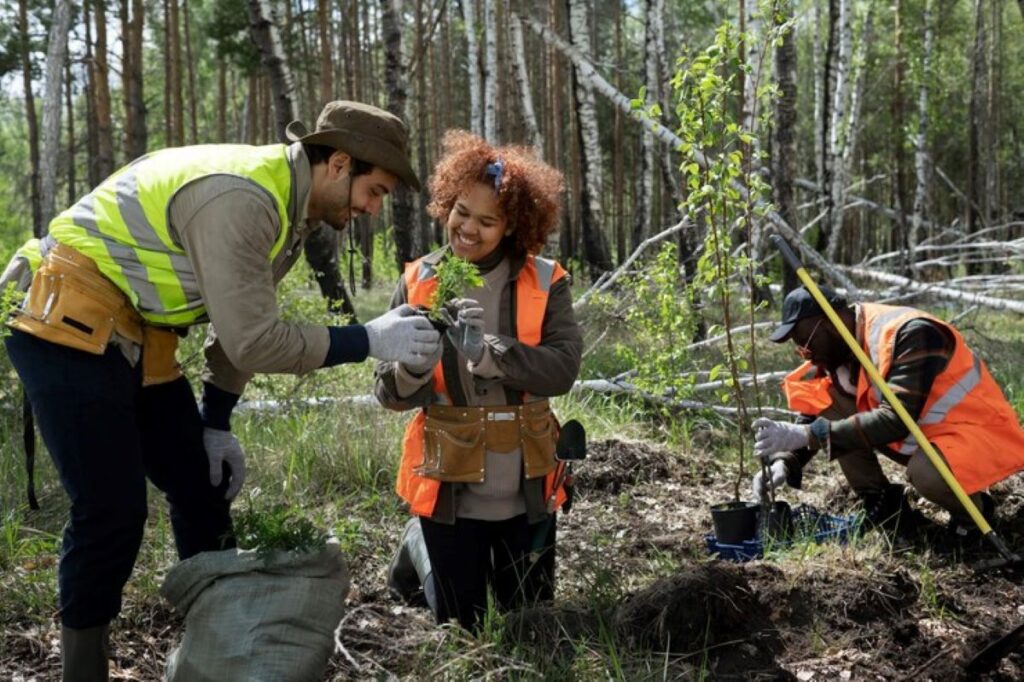When it comes to maintaining a healthy and aesthetically pleasing garden, tree removal can sometimes be a necessary step. Whether a tree has become hazardous, diseased, or simply outgrown its space, finding the right tree removal service is crucial. This article provides essential tips for selecting a quality tree removal service in your area, ensuring that your needs are met safely and efficiently.
Understanding the Importance of Professional Tree Removal
Tree removal is not just about cutting down a tree; it involves a thorough understanding of the tree’s structure, the surrounding environment, and the potential hazards involved. Professional tree removal services bring expertise and equipment that can make the process safer and more effective.
Attempting to remove a tree without the proper knowledge can lead to accidents, property damage, and even injury. Therefore, hiring a qualified service is essential to ensure that the job is done correctly and safely.
Assessing the Risks
Before engaging a tree removal service, it is important to assess the risks associated with the tree in question. Factors such as the tree’s size, proximity to structures, and overall health can influence the approach that needs to be taken. A professional will evaluate these risks and determine the best course of action.
Environmental Considerations
Tree removal can have a significant impact on the local ecosystem. A reputable service will consider the environmental implications of their work, including the potential for soil erosion and the effects on local wildlife. They should be able to provide guidance on how to mitigate these impacts, such as recommending suitable replacement trees or other landscaping options.
Moreover, the timing of tree removal can also play a crucial role in minimising ecological disruption. For instance, certain species of birds may nest in trees during specific seasons, and removing a tree during this time could displace these birds and disrupt their breeding cycles. A professional tree removal service will be knowledgeable about local wildlife regulations and the best practices for scheduling tree work to ensure that it aligns with the natural rhythms of the environment.
In addition to wildlife concerns, the removal process itself can be an opportunity to improve the overall health of the landscape. By selectively removing unhealthy or invasive trees, homeowners can promote the growth of native species and enhance biodiversity in their gardens. This thoughtful approach not only benefits the immediate area but also contributes to the broader ecological health of the region, making professional tree removal a responsible choice for environmentally-conscious individuals.
Researching Local Tree Removal Services
Finding a quality tree removal service begins with thorough research. Start by looking for local companies that specialise in tree care. Online reviews, testimonials, and recommendations from friends or neighbours can provide valuable insights into the reputation of a service.
Additionally, checking for certifications and affiliations with professional organisations can indicate a commitment to quality and safety standards. Look for services that are members of recognised bodies, such as the Arboricultural Association or the International Society of Arboriculture.
Online Reviews and Testimonials
Online platforms like Google, Yelp, and local community forums can offer a wealth of information about tree removal services. Pay attention to both positive and negative reviews to get a balanced view of the company’s performance. Look for patterns in feedback, such as punctuality, professionalism, and the quality of work.
Word of Mouth Recommendations
Personal recommendations can often be the most reliable source of information. Speak to neighbours or friends who have recently had tree work done. They can provide first-hand accounts of their experiences, which can help narrow down your options.
Evaluating Qualifications and Experience
Once you have a shortlist of potential tree removal services, it is essential to evaluate their qualifications and experience. A qualified service will have trained personnel who understand the complexities of tree removal and care.
Inquire about the company’s experience in the industry, particularly regarding the specific type of tree you need removed. A company that has dealt with similar situations in the past will be better equipped to handle any challenges that may arise during the removal process.
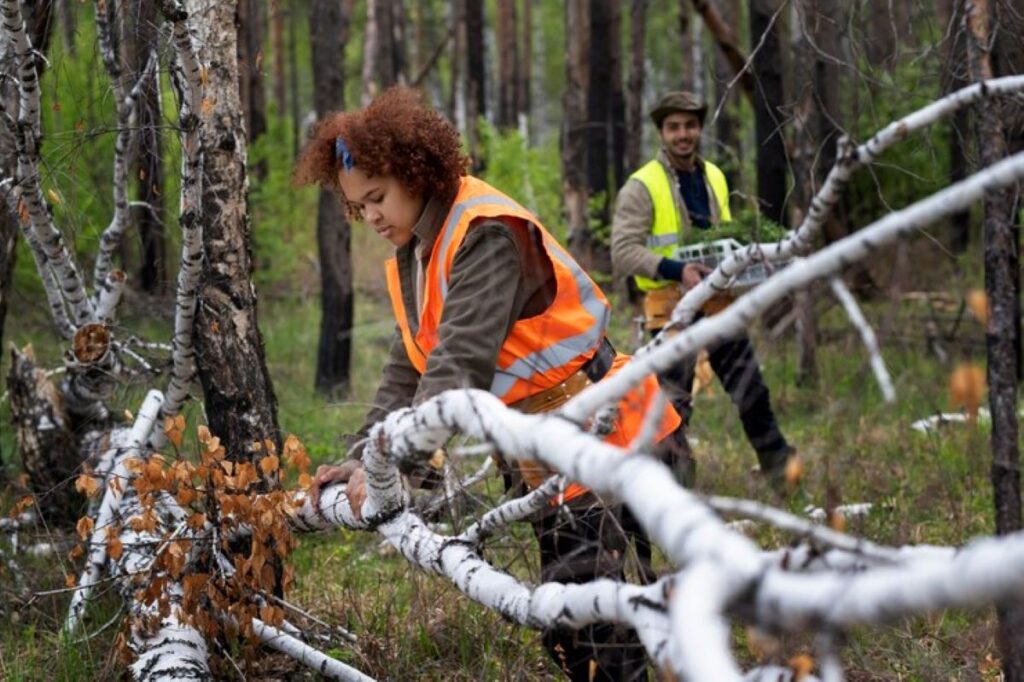
Insurance and Liability
Always ensure that the tree removal service has adequate insurance coverage. This protects you from liability in the event of an accident or damage to your property during the removal process. A reputable company will be happy to provide proof of insurance upon request.
Certifications and Training
Look for certifications that demonstrate a commitment to safety and professionalism. Arborists should have relevant qualifications that indicate they have undergone proper training in tree care and removal techniques. This not only ensures safety but also shows that the company is dedicated to maintaining high standards in their work.
Requesting Quotes and Comparing Services
Once you have narrowed down your options, it is time to request quotes from the selected tree removal services. Most companies will provide a free estimate, which should include a breakdown of costs and services offered.
When comparing quotes, consider not just the price but also what is included in the service. Some companies may offer additional services, such as stump grinding or debris removal, which can affect the overall value of the quote.
Understanding Pricing Structures
Tree removal costs can vary significantly based on several factors, including the size and type of tree, the complexity of the job, and the location. Ensure that you understand the pricing structure and ask for clarification on any fees that may not be immediately apparent.
Inquiring About Additional Services
Some tree removal companies offer a range of services beyond just cutting down trees. These may include tree trimming, pruning, and stump removal. If you anticipate needing any of these services in the future, it may be beneficial to choose a company that can handle all aspects of tree care.
Assessing Customer Service and Communication
The quality of customer service can greatly impact your overall experience with a tree removal service. From the initial inquiry to the completion of the job, good communication is essential. A professional company should be responsive, courteous, and willing to answer any questions you may have.
Pay attention to how promptly they respond to your inquiries and whether they take the time to explain their processes and recommendations. A company that values customer service will make the effort to ensure that you feel informed and comfortable throughout the entire process.
Scheduling and Availability
Consider the availability of the tree removal service. If you need the work done promptly, ensure that the company can accommodate your timeline. A reliable service will be able to provide a clear schedule and keep you informed of any changes.
Follow-Up Services
After the tree removal is complete, some companies offer follow-up services, such as checking the health of remaining trees or providing advice on landscaping. This can be a valuable resource, especially if you are looking to maintain the overall health of your garden.
See Also : The Ultimate Guide to Tree Removal Sydney: Regulations and Best Practices
Making Your Final Decision
After conducting thorough research and evaluating your options, it is time to make a decision. Choose a tree removal service that not only meets your budget but also aligns with your expectations regarding professionalism, safety, and customer service.
Trust your instincts; if a company feels right based on your interactions and research, it is likely the best choice. Remember that tree removal is a significant investment in your property, and selecting the right service can lead to positive long-term outcomes.
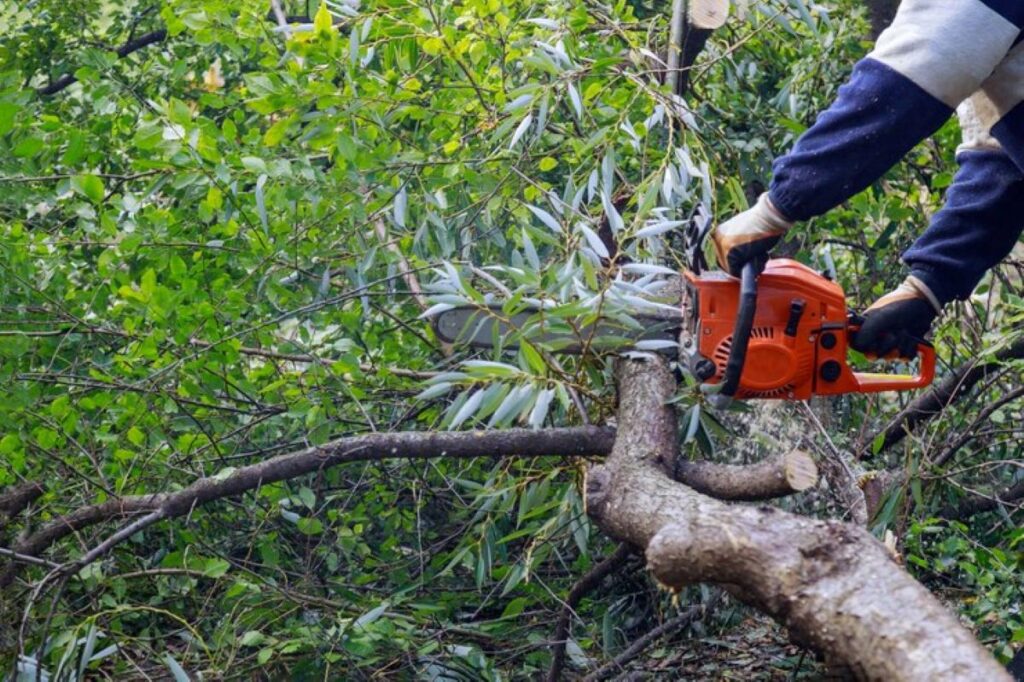
Trusting Your Instincts
While it is essential to rely on research and qualifications, personal feelings about a company can also play a role in your decision. If a service feels trustworthy and professional, that can be a strong indicator of their reliability.
Final Thoughts
Choosing the right tree removal service is a critical step in maintaining the health and safety of your garden. By conducting thorough research, evaluating qualifications, and assessing customer service, you can find a reputable company that meets your needs. Remember to prioritise safety and professionalism, ensuring that your tree removal experience is as smooth and stress-free as possible.
In conclusion, taking the time to find a quality tree removal service will not only protect your property but also enhance the beauty and health of your outdoor space. With the right professionals by your side, you can enjoy a safe and aesthetically pleasing garden for years to come.

